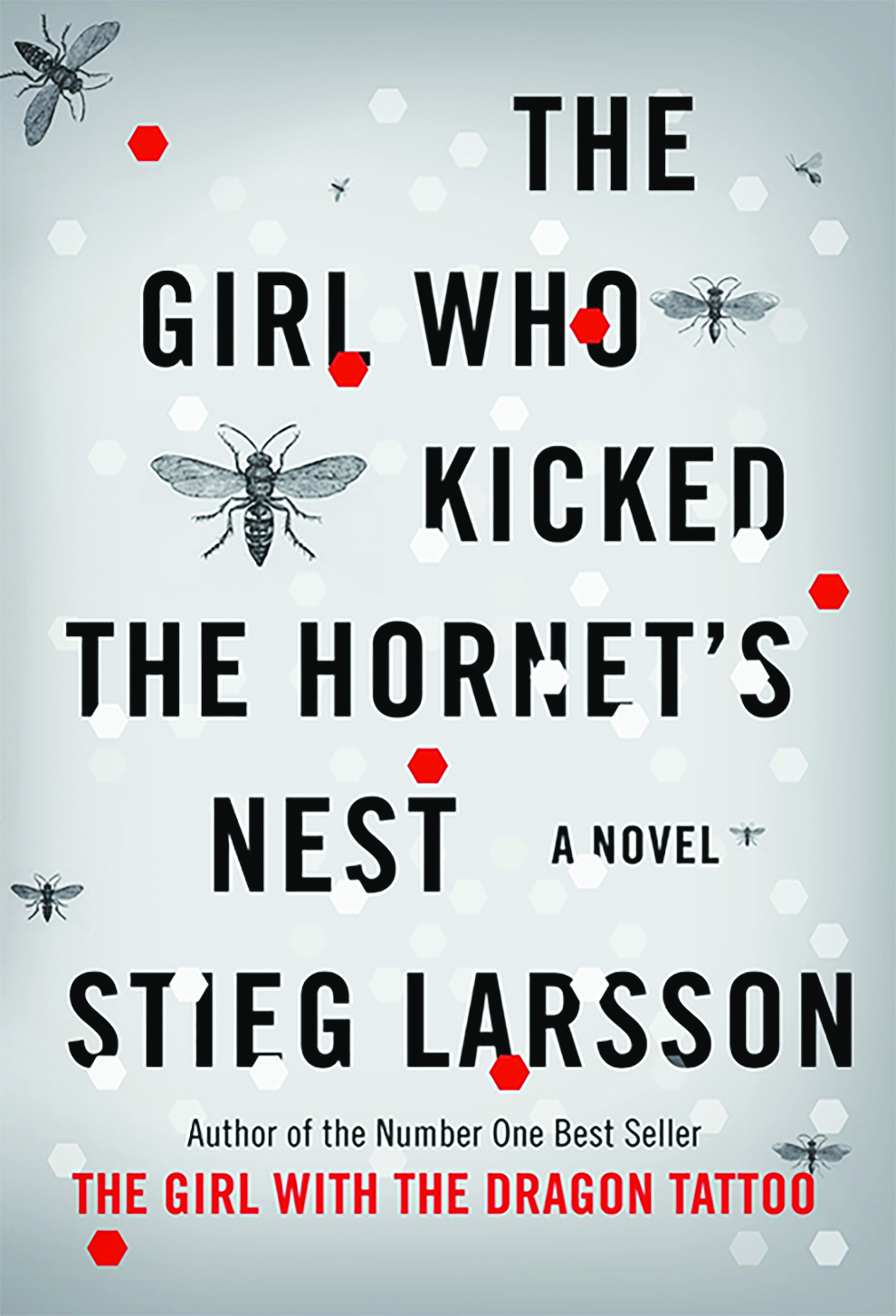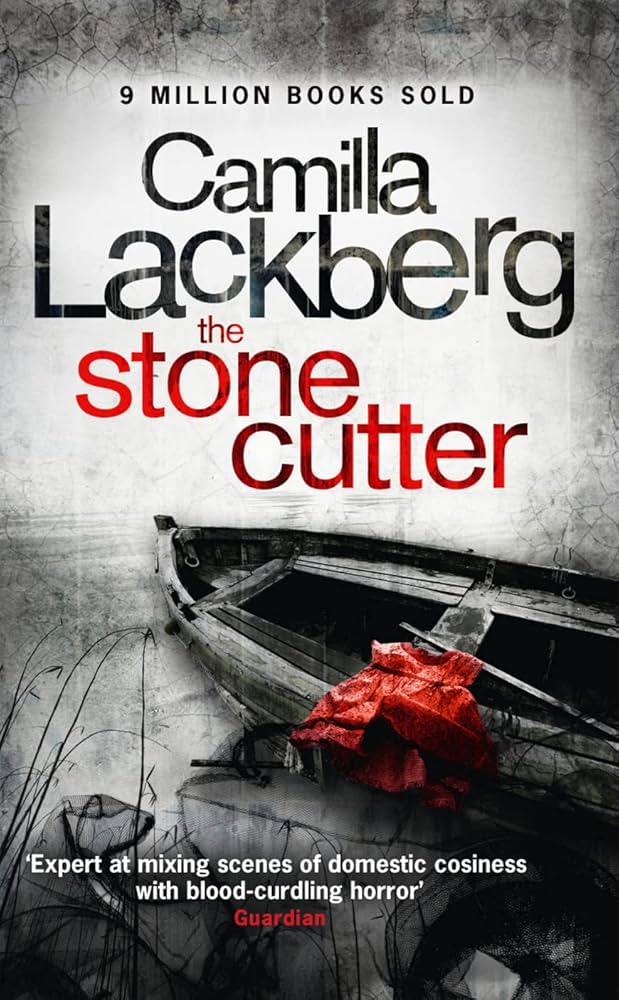
The Allure of the Nordic Noir
What a difference! Traveling from sunny Italy or France to Europe’s northern countries where life seems bleaker, darker and colder, and fictional characters are more likely to test the depths of human depravity. In the northern crime stories, you often meet morally weak and seriously flawed people. Police investigators are typically haunted by their own demons while on the trail of criminals. The northern authors have no illusions about our species and their novels are not for the faint hearted.
I discovered the lure of Nordic mysteries in the early eighties of the last century. It started with a Swedish author couple. Maj Sjöwall and Per Wahlöö were all the rage among my friends, and I too became fascinated by their antihero homicide detective Martin Beck, whose patch is Stockholm and surroundings. Two of their best books, I thought then and still do, are The Man Who Went Up In Smoke and The Laughing Policeman. The latter was made into a movie, starring Walter Matthau.
I’m inclined to think that the long winter nights have something to do with the intensity of the northern writing style. Stieg Larsson, another Swede, wrote the runaway bestseller trilogy The Girl With The Dragon Tattoo, The Girl Who Played With Fire and The Girl Who Kicked The Hornet’s Nest. The heroine in all three books is a self-reliant young woman whom the writer describes as punkish. Unfortunately, Stieg Larsson never knew of his success. He died in 2004, shortly before the first book of the trilogy was published.

The media calls Camilla Läckberg, “the hottest female crime writer in Sweden.” She began publishing in 2004 with The Ice Princess, and has thus written fourteen books. My favorite is The Stonecutter, in which Inspector Patrik Hedström investigates the drowning of a child in a small fishing village. The murder investigation exposes the dark past of the village and shreds its idyllic façade.
Then, there is author Henning Mankell with his creation Kurt Wallander, a police inspector who lives in the little town of Ystad, Sweden, not far from Malmö. Mankell’s 21 books are considered to be a classic of Nordic Noir crime novels. He has been praised for his realism in portraying the impact of crime on individuals and society. Mankell died in 2015. I read eleven of his novels that were published in English and liked best The Dogs Of Riga.
After writing ten novels featuring Inspector Van Veeteren, perhaps Håkan Nesser, another Swede, got tired of his cynical and introspective hero. In any event, he created another inspector, Gunnar Barbarotti, who is of Italian descent and has a more upbeat personality. Nesser has published ten novels with Barbarotti as the hero. I read The Secret Life of Mr. Roos. In this story, a family celebrates a big birthday. Before the weekend is over two family members are missing and Barbarotti has to unravel a web of sinister family secrets as he investigates. I still enjoy the Van Veeteren books, especially The Strangler’s Honeymoon, in which a priest brings to the inspector’s attention a series of murders by strangulation.
Except for Jo Nesbø and his popular Harry Hole series, I have not (yet) read other Norwegian authors, such as Karin Fossum, the acknowledged Norwegian queen of crime fiction. She is known for her Inspector Konrad Sejer series. Gunnar Staalesen is also on my “to read list.” He sets his thriller series with private investigator Varg Veumin his home city of Bergen. My favorite in the Harry Hole series is The Snowman. In this book Hole investigates a series of disappearances of women, all of whom vanish on the day of the first snowfall. In their place is a snowman adorned with the scarf of the missing woman.
Peter Høeg and Jussi Adler-Olsen top the list of Danish crime authors. Adler-Olsen became famous overnight with the first book of his Department Q series (eleven books so far). A Netflix series with that name premiered in May of this year. My favorite in the series is The Shadow Murders, one of Adler-Olsen’s most haunting stories. It follows the Department Q team, led by Detective Carl Mørck, as it looks into a number of suspicious deaths. At each of the crime scene salt is present in one form or another.
Peter Høeg’s 1992 novel Smilla’s Sense of Snow won three awards and was published in more than thirty countries. For a time, Høeg faded from public view. He claims he hates fame. He does, however, continue to write, but no more Nordic Noirs.
Four of the most prolific Nordic crime writers come from Iceland, a country with only about 400,000 population. I read with great pleasure Ragnar Jonasson’s Snowblind, his first novel in his Dark Iceland series. In it, inexperienced Detective Ari Thor has to solve two seemingly unrelated deaths.
The doings of Arnaldur Indridason’s Detective Erlendur usually keep me glued to my chair. He is a brooding and introspective investigator with a troubled personal past. Through his eyes we see the harsh Icelandic environment. Indridason is an inter-national top seller and if you haven’t seen his film Jar City, I recommend you catch it on Netflix or Amazon’s Prime Video.
Eva Björg Aegisdottir was born and raised in a small town just half an hour outside of Reykjavik, Iceland’s capital. In her first novel The Creak on the Stairs, a woman’s body is discovered dumped in a lighthouse. Elma, the chief investigating officer, probes deeply with her tough questions. So far, there are six novels in Björg’s Forbidden Iceland Series.
The North European countries have more crime writers that are no doubt, worth reading. But my space is limited and I have therefore concentrated on the authors I know and cherish. But beware: as I said before, Nordic Noirs are not for the faint of heart.






